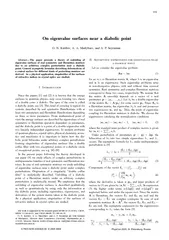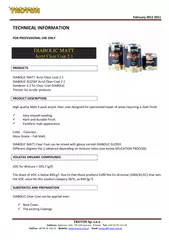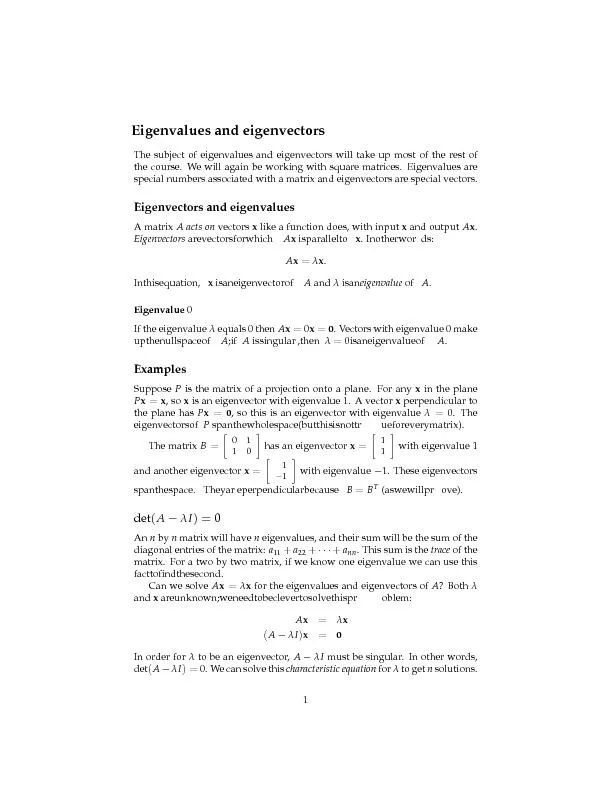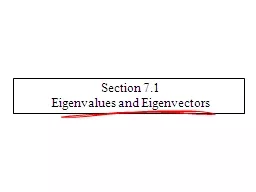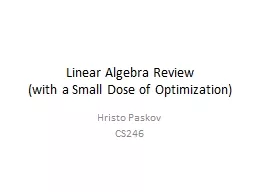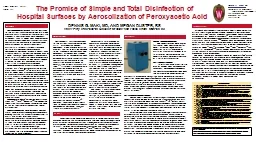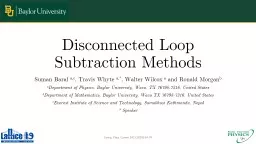PDF-On eigenvalue surfaces near a diabolic point O
Author : natalia-silvester | Published Date : 2015-05-29
N Kirillov A A Mailybaev and A P Seyranian Abstract The paper presents a theory of unfolding of eigenvalue surfaces of real symmetric and Hermitian matrices due
Presentation Embed Code
Download Presentation
Download Presentation The PPT/PDF document "On eigenvalue surfaces near a diabolic p..." is the property of its rightful owner. Permission is granted to download and print the materials on this website for personal, non-commercial use only, and to display it on your personal computer provided you do not modify the materials and that you retain all copyright notices contained in the materials. By downloading content from our website, you accept the terms of this agreement.
On eigenvalue surfaces near a diabolic point O: Transcript
Download Rules Of Document
"On eigenvalue surfaces near a diabolic point O"The content belongs to its owner. You may download and print it for personal use, without modification, and keep all copyright notices. By downloading, you agree to these terms.
Related Documents

